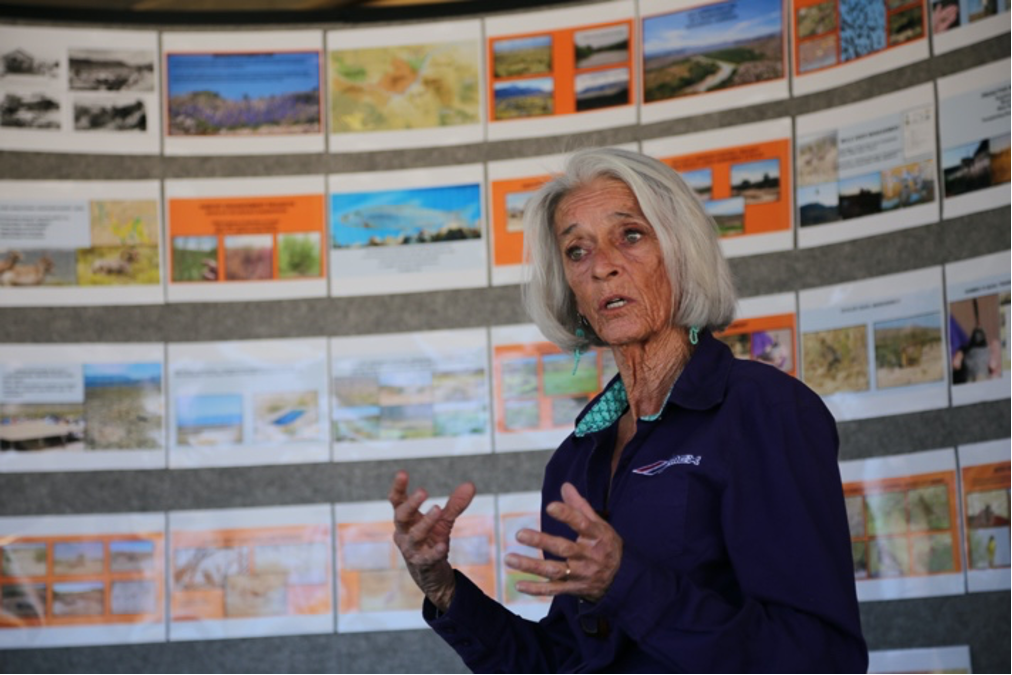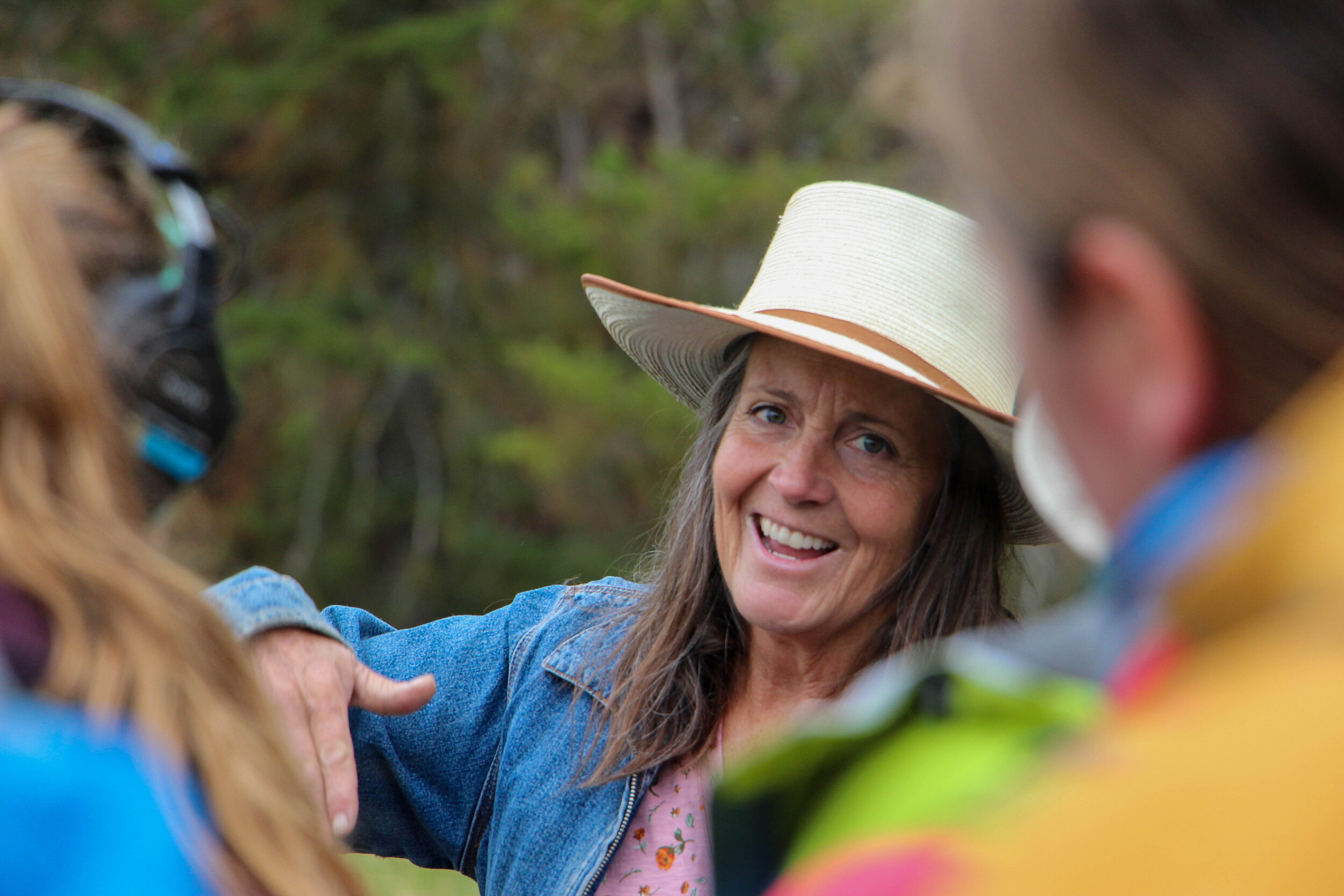Billy Pat and Bonnie McKinney
Manager and Wildlife Coordinator, El Carmen Land and Conservation Co.
Terlingua, TX
10/29/2021
Nestled in the heart of the Chihuahuan desert along the Rio Grande lies the old Adams Ranch, a 27,000-acre property that rests on the border of the United States and Mexico. Under the name El Carmen Land and Conservation Company, the ranch is owned by CEMEX USA, a branch of the Mexican multinational concrete and cement manufacturing company, and conservation philanthropist Josiah Austin. The property is managed by Billy Pat and Bonnie McKinney, two Texans passionate about land conservation. Billy Pat, the manager of the ranch, and Bonnie, the wildlife coordinator, work towards restoring this formerly overgrazed land and rebuilding sustainable wildlife populations.
The ranch was purchased to bridge the gap between Big Bend National Park and Black Gap National Wildlife Area. Bonnie emphasizes the importance of the ranch as a connecting link between contiguous properties and two countries. This piece of unassuming desert brimming with thorny ocotillo and prickly pear cacti on the edge of the Mexican highlands is a known bird migration corridor and habitat for big mammals such as desert bighorn sheep, mule deer, and black bear.
Bonnie and Billy Pat have worked tirelessly since moving to the ranch in 2007 to conserve the land because, as Bonnie highlights, “we need our wildlife, we need our waters, and we need our landscape.” The two desert dwellers know that the limiting factor for wildlife populations in this area is lack of water availability. To help remedy this issue they have initiated the installation of dozens of water guzzlers—tanks that collect and store rainwater to create a supplemental water source for wildlife. These water guzzlers serve as a lifeline for a multitude of species as the climate gets increasingly warmer and drier.
Billy Pat conveys his and Bonnie’s conservation philosophy simply, saying “We don’t wear angel wings, we just try to dirty our hands and make something happen.”
By Claire Warncke




